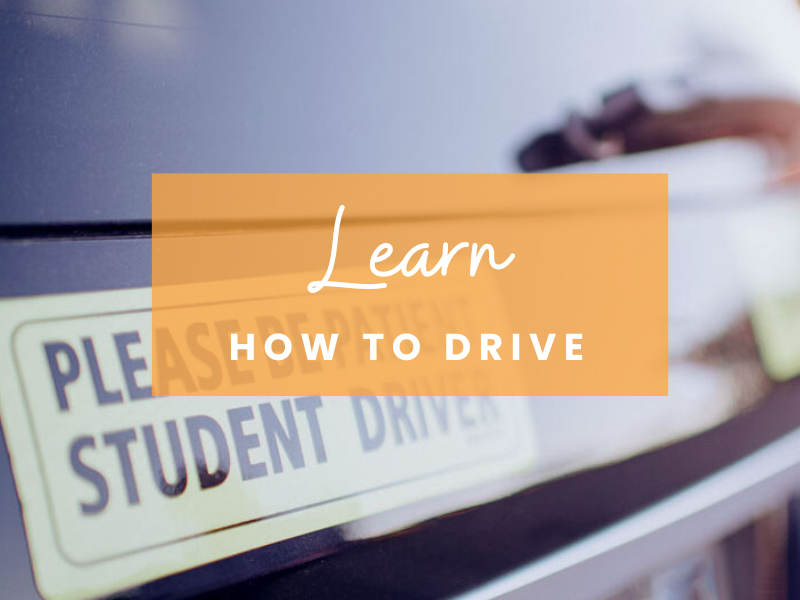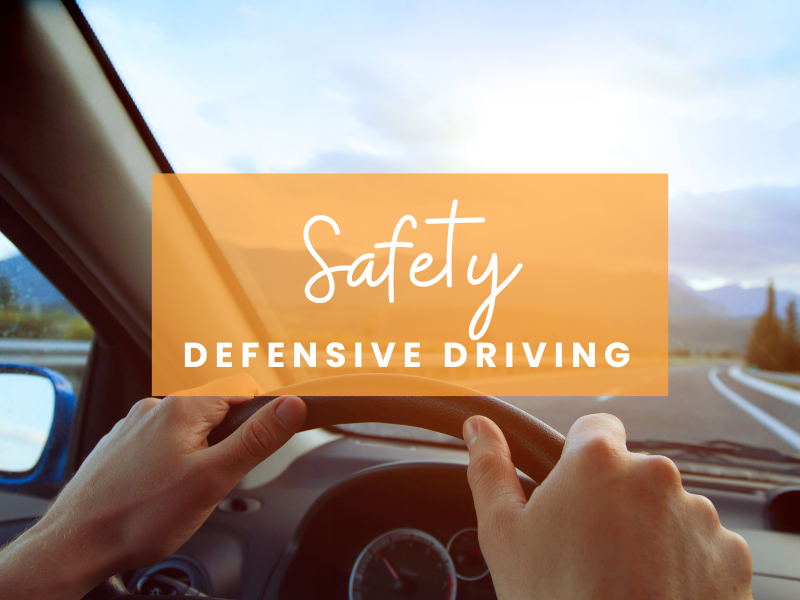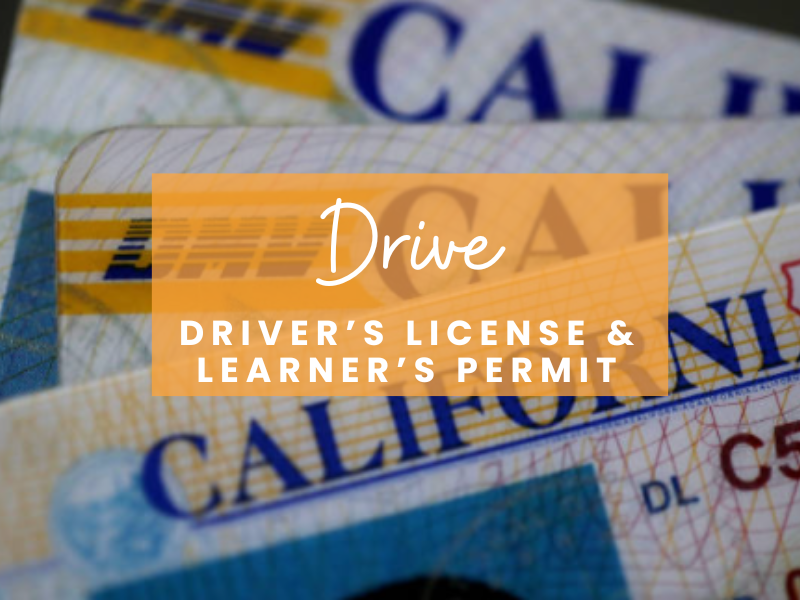Adult Student Drivers
Written By | Doreen Almirol | 20+ years CA DMV Licensed Driving Instructor
Embarking on the journey to become a competent and safe driver as an adult is a unique experience, with each individual’s situation differing. Whether you’re a complete novice, someone questioning their readiness for the drive test, or a newcomer adapting to American traffic laws, the path to mastery is paved with practice.
In this article, we explore the essential aspects of adult driver training, including the recommended hours of behind-the-wheel practice and key defensive driving techniques.
This blog may contain affiliate links, and if you make a purchase through these links, we may or may not earn a commission at no extra cost to you.
1 | Signs You're Ready for the Driving Test
Confidence and Comfort Behind the Wheel
Feeling at ease while driving is a key indicator of readiness. As an adult learner, you should feel confident in your ability to handle different road situations, traffic conditions, and weather elements.
Regular practice in various driving scenarios, such as city driving, highway navigation, and parking maneuvers, contributes to building this confidence.
Understanding of Traffic Laws and Regulations
A strong grasp of traffic rules is fundamental to safe driving. Adult learners should be familiar with speed limits, right of way, traffic signs, and other road regulations.
Practice tests, online resources, and discussions with experienced drivers or instructors can help reinforce your knowledge of traffic laws.
Effective Defensive Driving Skills
Adult drivers should develop a heightened awareness of potential hazards on the road and adopt defensive driving techniques. This includes anticipating the actions of other drivers, maintaining a safe following distance, and being prepared for unexpected situations.
Defensive driving courses, available both online and in-person, can provide additional insights and skills to enhance your safety on the road.
Smooth and Controlled Driving
A skilled driver is capable of maintaining a smooth and controlled driving style. This involves smooth acceleration, braking, and steering, contributing to a more comfortable and safe driving experience for both the driver and passengers.
Practice in low-traffic areas, parking lots, and quiet neighborhoods can help refine these skills before tackling busier roads.
2 | Recommended Practices for Proficient & Safe Driving
Consistent and Varied Practice
Regular practice is crucial for skill development. Consistency is key, but variety is equally important. Mix city driving, highway travel, and parking exercises to expose yourself to different driving scenarios.
Professional Instruction
Consider enrolling in driving lessons with a qualified instructor. Professional guidance can provide personalized feedback, correct any bad habits, and instill confidence in your driving abilities.
Continued Learning
Stay informed about changes in traffic laws and regulations. Refresh your knowledge regularly through online resources, driver’s manuals, or refresher courses.
Becoming a proficient, safe, and competent driver as an adult student involves a combination of self-awareness, consistent practice, and ongoing learning. Recognizing the signs of readiness for the driving test and incorporating recommended practices will not only prepare you for success in the exam but also lay the foundation for a lifetime of safe and enjoyable driving.
Remember, the journey to becoming an excellent driver is ongoing, and each experience behind the wheel contributes to your growth and confidence on the road. Safe travels!
Ready to Drive with Confidence?
Sign up for lessons now! Gain expert guidance, personalized feedback, and simulated experiences. Start your journey to safe and enjoyable driving today. Your road to excellence begins here.




